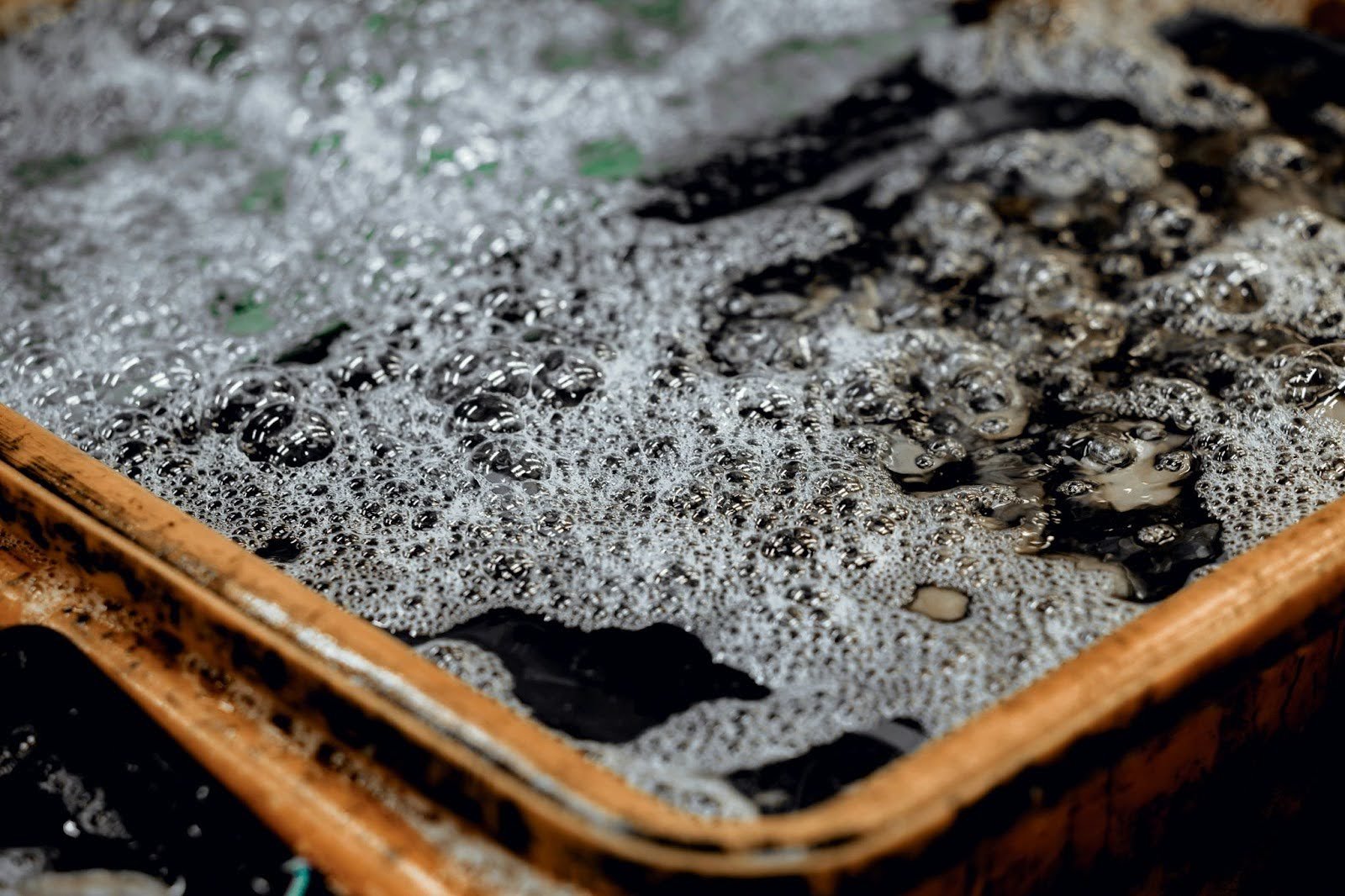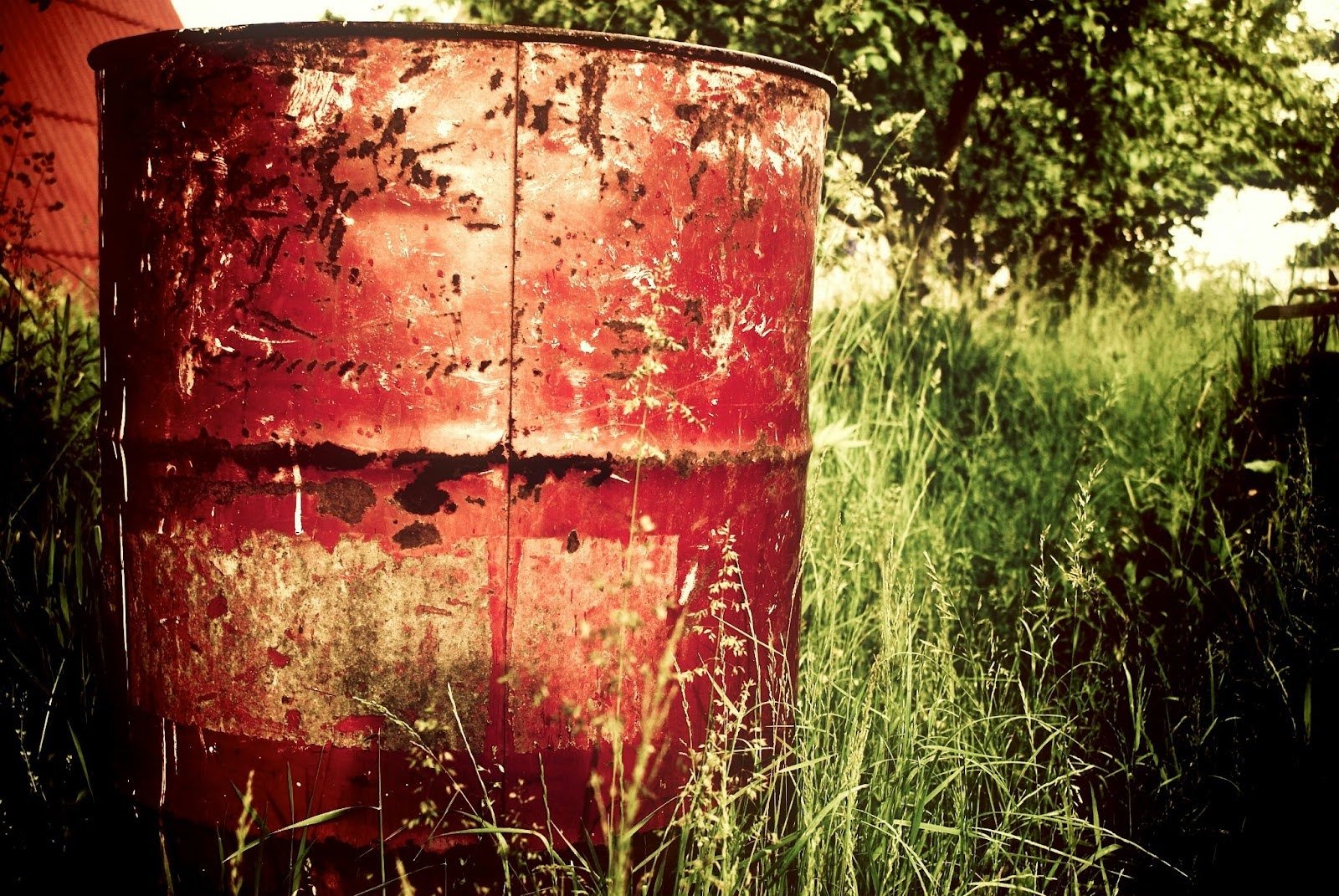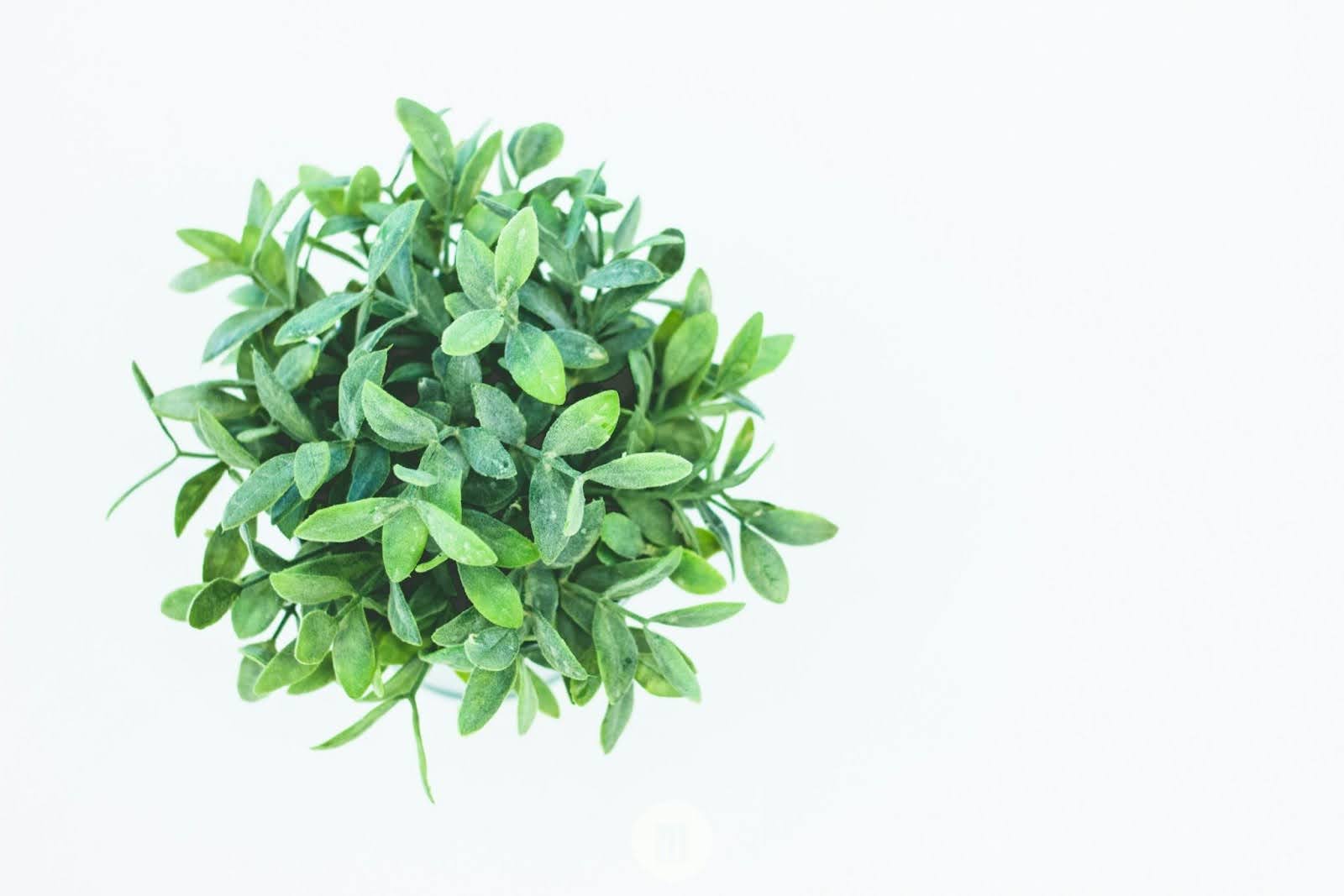Cocaine is made by extracting alkaloids from coca leaves and refining them. The expensive cocaine process involves soaking, separating, and purifying the leaves to produce the final substance. Join Avenues Recovery, leading specialists in drug detox treatment and addiction rehabilitation, as we delve into the modern cocaine recipe, including the full process of how cocaine is made, the ingredients used, and which additives are often found in the final product.
How Is Cocaine Made?
The process of making cocaine hydrochloride powder from the raw coca plant is a long and labor-intensive one, which greatly contributes to its prohibitive cost. Below are the basic steps of how to make cocaine:
- Step 1: Coca leaves are harvested from the coca plant.
- Step 2: The coca leaves are soaked in gasoline to isolate and extract their alkaloids (specifically cocaine hydrochloride).
- Step 3: The leaves are drained of gasoline and then dried.
- Step 4: The treated leaves are mixed with other solvents such as lime, cement, acid, and potassium to extract all active alkaloids further. The resulting product is coca paste.
- Step 5: The mixture is soaked in acetone and acid, and drained a final time, to create cocaine base.
- Step 6: Any remaining leaves are strained away, and the resulting paste is heated, dried, and pressed into bricks.
How Is Crack Cocaine Made?
Crack cocaine is made by mixing powdered cocaine with with water and baking soda or a similar substance, and boiling it until it forms a rock-like substance that can be broken into smaller pieces.
In the process, the hydrochloride is removed from the pure form of cocaine, making the product smokable. Crack cocaine is often cheaper than powder cocaine, and it produces a very short, intense high.
What Is Cocaine Made Of?
Cocaine is made of two species of the coca plant native to South America, specifically from countries like Colombia, Peru, and Bolivia. These regions have the ideal climate and altitude for cultivating the coca plants, which are the active ingredients in the cocaine recipe.
How Does Cocaine Work?
Cocaine works by increasing levels of dopamine, a neurotransmitter associated with pleasure and reward, in the brain. As a central nervous system stimulant, cocaine speeds up many bodily functions and induces euphoria, energy, mental alertness, and hypersensitivity.
The effects of cocaine are felt almost immediately and are short-lived, disappearing within a few minutes to an hour. In its powdered form, cocaine may be snorted, sublimated, and then inhaled, dissolved and injected, rubbed on the gums, or heated and smoked. Cocaine is classified as a Schedule II drug, indicating that it has a high abuse potential as well as a legitimate medical use in some situations.

Origins of Cocaine
For over a thousand years, the Indigenous peoples of South America have chewed the leaves of the plant cocaine is made from - the Erythroxylum Coca plant, for its many nutrients and pleasure-inducing alkaloids. When Spanish conquistadors arrived in the Americas, they first banned the coca plant as an “agent of the devil”, but then reversed the decision when they saw that the natives were simply unable to work without it.
Discovering How to Make Cocaine
In 1855, German chemist, Friedrich Gaedcke successfully isolated the alkaloid cocaine from the coca plant and named it “erythroxyline”. Over the next century, numerous studies, experiments, and trials were conducted with this new alkaloid, and countless products were created with it, such as:
- Coca wines
- Cocaine hair tonics
- Cocaine toothache drops
Was there cocaine in Coca-Cola? John Pemberton’s original recipe for Coca-Cola included the key ingredient “a pinch of coca leaves” (which has long been removed since the passing of the Pure Food and Drug Act). It also gained popularity in medicinal circles as an effective analgesic and local anesthetic.
Cocaine was strongly considered by the German Army for use as a performance and endurance-enhancing drug (aka “pep pill”) in troops during WWII. In modern times, its medical use faltered in the face of new, increasingly effective analgesics, and it has rapidly devolved into a recreational party drug that is widely used and abused. Today, cocaine is a glamorous drug widely associated with the rich and famous.
Where Is Cocaine Made?
The seat of the cocaine-making process is indisputably in the continent of South America. Cocaine is produced in various South American countries, including Colombia, Bolivia, Peru, Ecuador, Venezuela, Brazil, Argentina, and Chile. Colombia stands out as the world's leading cocaine exporter, making it a significant hotspot. According to a survey by the UNODC, the cultivation of coca bushes in Colombia rose by 10% in 2023, reaching 253,000 hectares. As a result, potential cocaine production increased to 2,664 metric tons.
Due to its warm climate, fertile soil, and higher altitude, Colombia produces especially potent cocaine leaves which are favored by drug dealers and users.

Is Cocaine a Plant?
Cocaine is extracted from the leaves of the coca plant. To be specific: It takes approximately 450 – 600 kilograms of fresh coca leaves to produce a mere 1 kilogram of cocaine base, which can then be converted into 1 kilogram of cocaine hydrochloride.
How to Grow Cocaine
Cocaine can only be grown in specific tropical climates, with high humidity, consistent rainfall, nutrient-rich soil, and altitudes between 1,500 and 6,000 feet. Because these regions support the coca-growing stage of the cocaine process, cultivation is primarily concentrated in South America, most commonly in Colombia, Peru, and Bolivia.
Common Additives to Cocaine and Their Dangers
Due to the complicated and exhaustive process of making cocaine, it is among the most expensive drugs on the market. If you're wondering how much an 8 ball of cocaine costs, the answer depends on factors such as purity and location.
In an attempt to lower costs and increase supply and profit margins, drug suppliers have taken to cutting cocaine with a wide variety of substances – ranging from relatively benign to deadly.
Safe Additives Commonly Added to Cocaine
Some additives in the list of cocaine ingredients are relatively harmless and are used only to mimic the white powder appearance of cocaine hydrochloride (and possibly weaken its effects). The list is exhaustive and includes but is not limited to:
- Talc
- Flour
- Cornstarch
- Sugar
- Sodium bicarbonate (baking soda)
- Vitamin C powder
- Glucose
- Baby formula
- Quinine
- Thiamin (aka Vitamin B1)
- Tyramine (can induce migraines)
- Sodium carbonate (aka washing soda)
- Magnesium silicate (aka asbestos)
- Magnesium sulfate (Epsom salts)
- Salicylamide (an over-the-counter painkiller)
- Calcium
- Magnesium
- Sodium
- Phosphorus
- Aluminum
- Iron
- Manganese
- Zinc
Dangerous Additives Often Added to Cocaine
Cheap white stimulants are often used to recreate the psychoactive or numbing effects of cocaine, and some can have dangerous or even fatal consequences when ingested. These include:
- Caffeine
- Heroin
- Amphetamines
- Crystal Meth
- Methylphenidate
- Ergotamine
- Aminophylline
- Procaine (often called Novocain)
- Lidocaine
- Tetracaine
- Benzocaine
- Fentanyl
Above all cutting agents, fentanyl poses by far the greatest danger. Fentanyl is an incredibly powerful synthetic opioid that is 50 times more potent than heroin and 100 times more potent than morphine. Other, more toxic analogs of fentanyl – such as carfentanil – have been detected in cocaine as well. A lethal dose of carfentanil is so minuscule that it is invisible to the naked eye.
Deathly Additives Occasionally Added to Cocaine
Additionally, random poisons have been found cut into cocaine samples - an unusual but fatal occurrence called a “death hit” by cocaine users. Below are some poisons that have been found in cocaine:
- Strychnine (commonly used in rat poison)
- Arsenic (a natural and highly toxic chemical element often used as poison)
- Levamisole (an anthelmintic drug used to treat parasitic worm infections in livestock)
- Thallium (an odorless, tasteless heavy metal with highly toxic properties)
An evaluation of the average purity of cocaine revealed that nearly 80% of street cocaine contains levamisole, which can cause severe necrosis – mass death of cells in the skin tissue due to failure of blood supply.

FAQs About How Cocaine Is Made
1. How long does it take to make cocaine?
The process of making cocaine can take over a year, due to cultivation time. The coca plant needs 12-18 months to reach maturity after planting, but the actual chemical processing of cocaine can be completed in a matter of days.
2. Is there gasoline in cocaine?
Traces of gasoline can be found in cocaine, as it is often used to extract alkaloids from coca leaves in the initial stage of production.
3. Is there cement in cocaine?
Traces of cement can sometimes be found in poorly-refined cocaine, as cement is used to separate the alkaloids from the coca leaves during production.
Understanding How Cocaine Is Made and Exercising Caution
The process of making cocaine means that the end product is an undocumented amalgamation of various different substances, ranging from useless to lethal. One thing it rarely turns out to be is pure cocaine. Extreme caution must be exercised whenever using cocaine – or any drug, for that matter – to ensure that it is not tainted with agents that may have disastrous consequences.
Learning how cocaine is made and internalizing the dangers of ingesting this drug is the first step towards a healthier future. If you or a loved one is suffering from cocaine addiction, know that help and healing is always possible. Join our 30K+ successful alumni, who have been given a new lease of life by the professional and caring team at our top-rated rehab centers. Reach out to Avenues Recovery to discover how we can help you begin your journey home.



